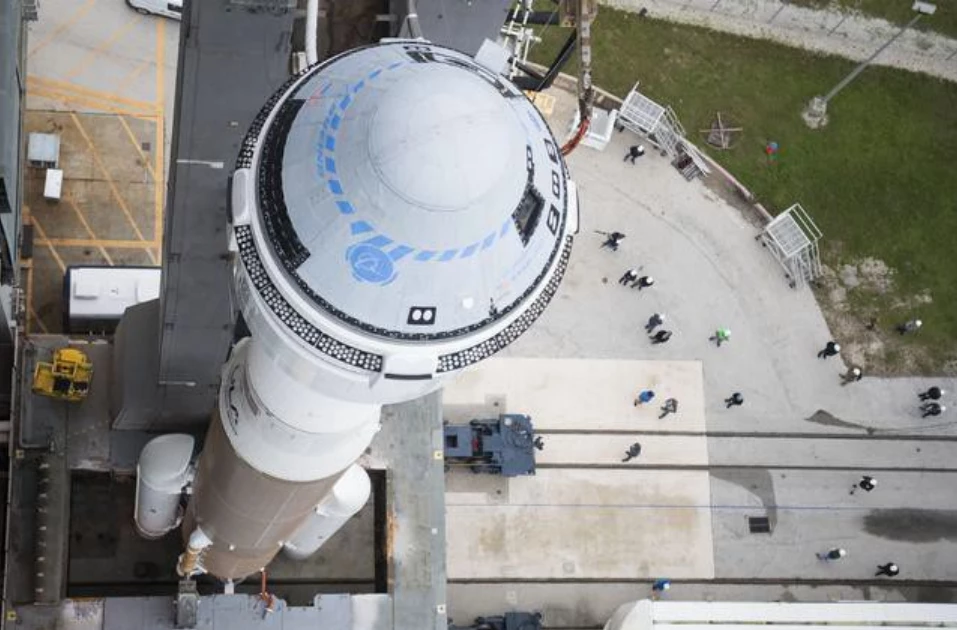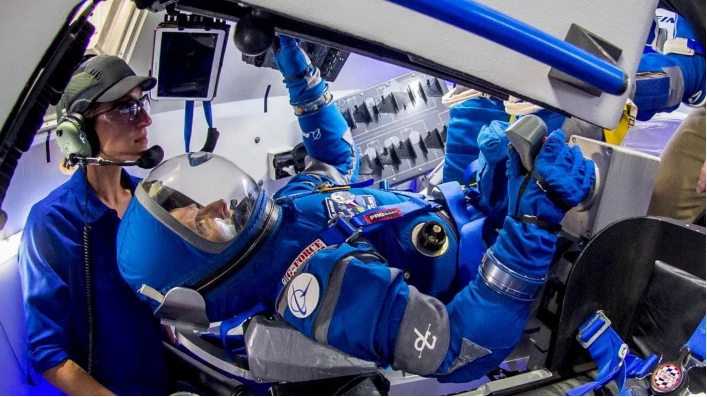After more than a decade of delays and development, Boeing's Starliner crewed spacecraft is scheduled to launch. Given the history of the craft and the company's recent scandals, it's a nail-biter – so let's recap CST-100 Starliner.
Originally conceived in 2010, what is known today as the CST-100 Starliner seemed like a Formula 1 racer put in competition with a wind-up toy. Funded by a NASA Commercial Crew Transportation Capability (CCtCap) contract, the Starliner was one of two contenders for a new spacecraft to ferry cargo and crew to and from the International Space Station (ISS). Because the brief of the program was to foster competition, another contender was named, SpaceX's Crew Dragon.
At the time, it appeared to be ridiculously unfair. Boeing was one of the two leading aerospace companies in the world with a track record going back almost a century. It built a long line of legendary military and civilian aircraft, rockets and spacecraft for the Apollo program, the Space Shuttles, and is the primary contractor for the ISS. SpaceX was still a relative newcomer run by a man with a reputation for making extravagant promises that often failed to pan out.
Fourteen years later, it's a completely different story. SpaceX has made numerous visits to the space station and has also launched its own private missions into orbit. Meanwhile, Starliner was mired by a long string of delays, cost overruns, embarrassing mission failures, and launch aborts due to malfunctions one would not expect of such an experienced company as Boeing.
And then there are the scandals that Boeing has suffered outside of Starliner. There's been a door plug blowing out on a 737 in flight, the sudden death of a former Boeing quality manager who was set to testify regarding safety concerns, the deadly crashes of two 737 MAX 8 aircraft in 2018 and 2019 due to serious design flaws, and the grounding of entire fleets of aircraft. Not to mention stock market plunges, accusations of sidelining engineers in decision-making, and CEO sackings.
To put it mildly, when Starliner makes its first attempt at launching on May 6, a lot more than the two astronauts aboard will be banking on its success.

But what exactly is Starliner? Essentially, it's a much more advanced version of the Apollo Command Module of the Space Race era capable of carrying up to seven astronauts and 220 lb (100 kg) of cargo. The capsule itself is semi-reusable for up to 10 flights and has a disposable service module for power and propulsion. There are 20 Orbital Maneuvering and Attitude Control engines producing 1,400 lb of thrust and 28 Reaction Control System engines.
It's a fairly conservative design, though it does boast a number of innovations, including autonomous flight systems and weld-free design for greater strength with less weight. Unfortunately, that hasn't prevented Starliner from a history of problems. It was originally supposed to be fully operational by 2015. This soon slipped to 2017, then 2018, then late 2018. That became 2019, then 2020.
In 2019, the Starliner had a disastrous maiden flight due to a malfunctioning launch timer that caused its engines to misfire. The uncrewed spacecraft was safely recovered. This was followed by a launch abort in August 2021 due to valve problems in the attitude control thrusters.

A second uncrewed test flight visited the ISS in May 2022. There were more minor delays and then a major one in 2023 due to issues with the wiring and parachute harness that resulted in an indefinite postponement.
Now, Boeing and NASA are ready for the first flight with astronauts on Monday at 10:34 pm EDT from Space Launch Complex-41 on Cape Canaveral Space Force Station atop an Atlas V rocket. The crew will consist of NASA astronauts Barry "Butch" Wilmore and Sunita Williams. They will make a 10-day visit to the ISS before returning to Earth for a parachute landing in southwestern US. If successful, later missions will carry four astronauts
Source: Boeing











